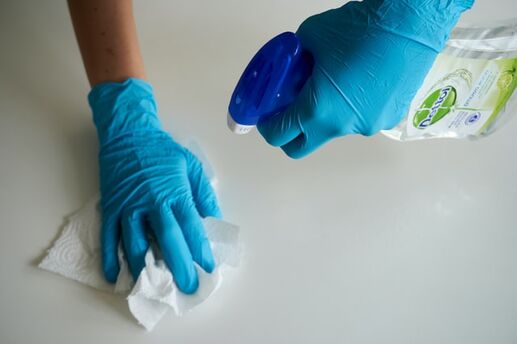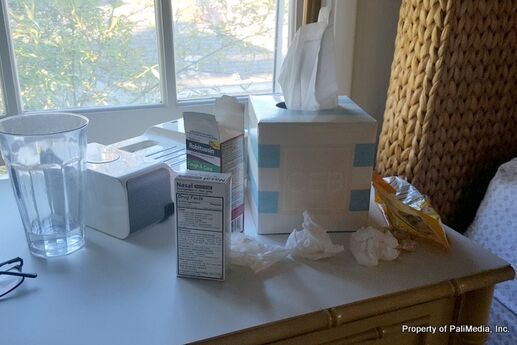Flu-Proof Your Home
This year has been one of the worst for cold and flu in recent history, according to medical experts (and moms!). But this fact doesn’t mean that your family is sentenced to the sniffles for the remainder of the season.
While it’s impossible to banish the viruses that cause cold and flu, you can limit your family’s exposure to them at home. We sorted through the research to find the smart ways you can protect your clan.
1. Disinfect surprising surfaces.
After someone gets sick, you’re diligent about washing the sheets and spraying down the coffee table, but don’t forget to clean all the common spaces. Scientists at the University of Virginia discovered that some of the most-infected areas in the home included fridge handles, doorknobs, remote controls, light switches, bathroom faucets and dishwasher handles. Since viruses can live on surfaces for up to eight hours, it’s smart to do a deep clean of your home.
2. Choose the right cleaners.
To effectively kill those flu-causing viruses, look for wipes labeled “anti-virus.” According to British researchers, these sanitizing wipes are more effective than the garden varieties. If you’re on a budget, pick up a disinfecting spray. Or whip up a solution on your own from bleach or vinegar, both of which are proven virus-killers. (Just don’t mix the two ingredients together.)
3. Start a hand-washing rule.
It’s no secret that scrubbing up is the No.1 way to fend off the sniffles. Teach your children how to wash up properly with soap and water, making sure to scrub all surfaces (don’t forget beneath nails, between fingers and on the backs of the hands) for at least 20 seconds. Then make sure that every member of your family hits the sink as soon as they enter the home; after bathroom breaks and sneezes; and before meals.
4. Run a humidifier.
Cold and flu viruses thrive in chilly, dry atmospheres, reports a study published in the journal Proceedings of the National Academy of Sciences. Running a humidifier adds moisture to the air, which may deter the spread of those germs. Bonus: The added moisture keeps your nasal passages from drying out, so you can breathe easier.
5. Set out the tissues.
Just one sneeze can spray cold and flu infected droplets six feet! To prevent the spread of germs in your home, teach your little ones how to sneeze into their elbows or a tissue. And don’t forget to remind them to immediately toss those used tissues into the trash.
Like this article? Get more by following us on Facebook at Beauty & Confidence.






